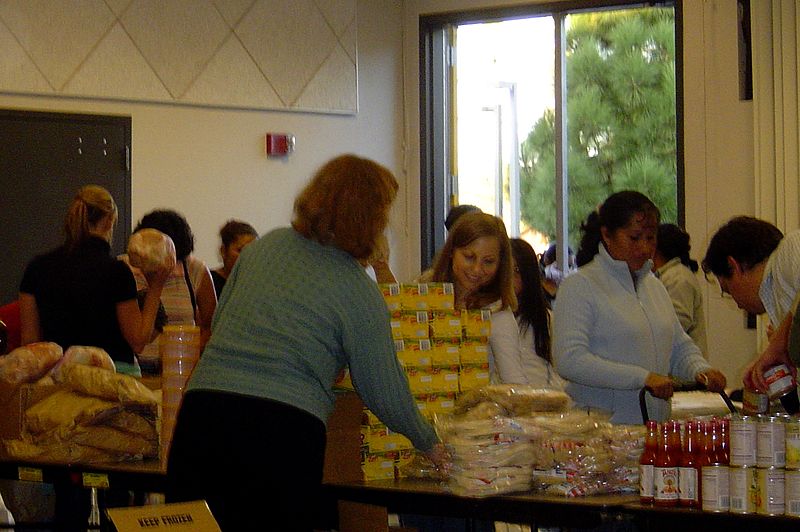
Child poverty in the UK has reached alarming levels, driven by meager wages, low benefit payments, and an escalating cost of living crisis. Recent government statistics reveal that around
4.2 million children were living in poverty in the 2021-2022 period, affecting one in three children. The situation is deteriorating, with approximately 350,000 more children falling into poverty last year, according to the Child Poverty Action Group (CPAG). The Joseph Rowntree Foundation's major report disclosed that 1 million children in the UK experienced extreme destitution in 2022, rendering them unable to meet basic needs such as staying warm, dry, clean, and well-fed. This represents an 88% increase in extreme poverty since 2019.
Since 2017, the number of children experiencing destitution has nearly tripled, marking an increase of 186%. Food banks, especially those in the Trussell Trust's network, witnessed a surge in demand between April 2022 and March 2023. Out of the nearly three million food parcels distributed, over 1 million were allocated to children.
Government figures reveal that over 2 million children in England are eligible for free school meals, accounting for 23.8% of state school pupils, up from 22.5% in 2022. Nonetheless, organizations like the CPAG warn that at least 800,000 children living in poverty do not qualify for free school meals. To be eligible for this support, a household on universal credit in England must earn less than £7,400 a year (after tax and excluding benefits). Around 1.7 million children are in families poor enough to receive universal credit but do not meet the criteria for free school meals, impacting seven out of ten children in universal credit-receiving households.
Child poverty in the UK is defined as a child living in a household with an income less than 60% of the UK average income, according to the government. This income-based measure helps identify those living in poverty. It encompasses various forms, such as parents struggling to afford basic necessities, forgoing heating and electricity, compromising on food, or residing in precarious housing due to rent arrears. Child poverty can significantly impact every aspect of a child's life, including their access to education, warmth, and adequate living conditions.
In terms of geographical distribution, North-east England exhibits the highest rate of child poverty, although many of the most affected constituencies and local authorities are in London, primarily due to exorbitant housing costs in the capital. Tower Hamlets, for example, had the highest concentration of child poverty in 2021-2022, with nearly half of its children living below the poverty line after accounting for housing expenses. Other areas significantly affected include Birmingham, Manchester, and Sandwell. The child poverty crisis has cast a shadow over the UK's future, demanding urgent attention and action. Photo by Sterling Communications, Wikimedia commons.



































